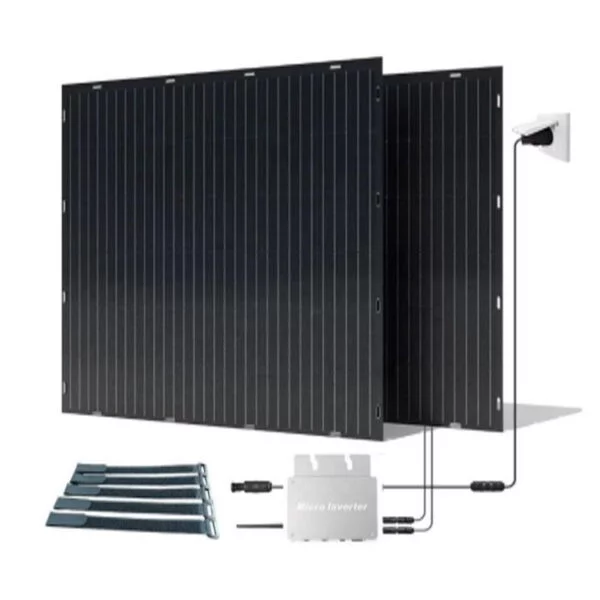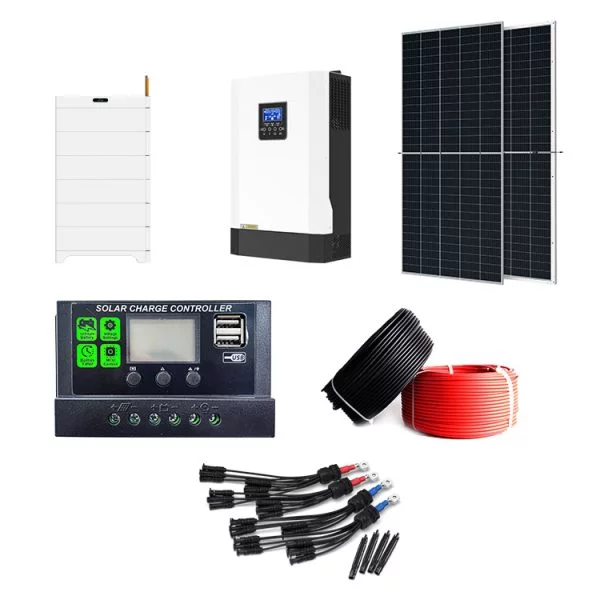HOT PRODUCT
Product Details
Going Beyond Rigid: Why Opt For Semi-flexible Solar Panels?
Title: Going Beyond Rigid: Why Opt For Semi-flexible Solar Panels?
Introduction (80 words):
Solar energy has proven to be a sustainable and environmentally-friendly alternative to traditional energy sources. As the demand for solar panels grows, technology has advanced to offer more flexible and adaptable options. Among these advancements are semi-flexible solar panels, which offer several advantages over their rigid counterparts. In this article, we will explore the benefits of semi-flexible panels and why they are becoming increasingly popular in a variety of applications.


1. Versatility and Adaptability (120 words):

Semi-flexible solar panels introduce a level of versatility and adaptability not found in traditional rigid panels. Unlike their rigid counterparts, these panels can be bent to conform to various surfaces, both flat and curved. This flexibility allows for installation on a wide range of structures such as boats, RVs, and even unconventional spaces like curved rooftops. The ability to adhere to non-flat surfaces makes semi-flexible panels a practical choice for applications where flexibility is essential.
2. Lightweight and Portable (100 words):

Another key advantage of semi-flexible solar panels is their lightweight design. Compared to rigid panels, they are significantly lighter, making them easier to transport and install. This feature is particularly beneficial for mobile applications, such as camping or off-grid adventures, where portability is a priority. The reduced weight also puts less strain on the structures they are mounted on, minimizing potential damage and offering more installation options.
3. Durability and Resistance (120 words):
Semi-flexible solar panels are designed to withstand harsh weather conditions and environmental factors. Incorporating advanced materials such as polymer composites, these panels are highly resistant to impact, corrosion, and UV radiation. The flexible nature of the panels also allows them to withstand minor bending and flexing, minimizing the risk of cracking or damage. Due to their resilience, semi-flexible panels have a longer lifespan compared to traditional rigid panels, making them a cost-effective choice in the long term.
4. Aesthetics and Integration (100 words):
Traditional solar panels are often considered bulky and aesthetically unappealing. Semi-flexible solar panels, however, offer a sleek and inconspicuous design. Their slim profile and ability to conform to various surface shapes make them blend seamlessly into the overall architecture, not hindering the aesthetic appeal of a structure. This integration capability allows homeowners, architects, and designers to integrate solar power without compromising the visual aspect of the building or installation site.
Conclusion (80 words):
In a world where renewable energy is central to sustainable development, semi-flexible solar panels present a compelling alternative to rigid panels. Their versatility, lightweight nature, durability, and aesthetic integration make them an attractive choice across various applications, ranging from recreational vehicles and boats to unconventional building surfaces. As technology continues to advance, semi-flexible solar panels are expected to become even more efficient and affordable, contributing to a greener and more sustainable future.




